How to Remove Lectins From Oats: The Complete Guide
Primal Edge Health participates in the Amazon Services LLC Associates Program and other affiliate programs and therefore, may collect a share of sales or other compensation from the links on this page. This comes at no additional cost to you, and all the prices and availability are accurate at the time of publishing.
Learning how to remove lectins from oats and other lectin-containing foods can be beneficial if you’re dealing with inflammation, autoimmune diseases, and other chronic health conditions. But why do you need to remove lectins from foods? And what are lectins, anyway?
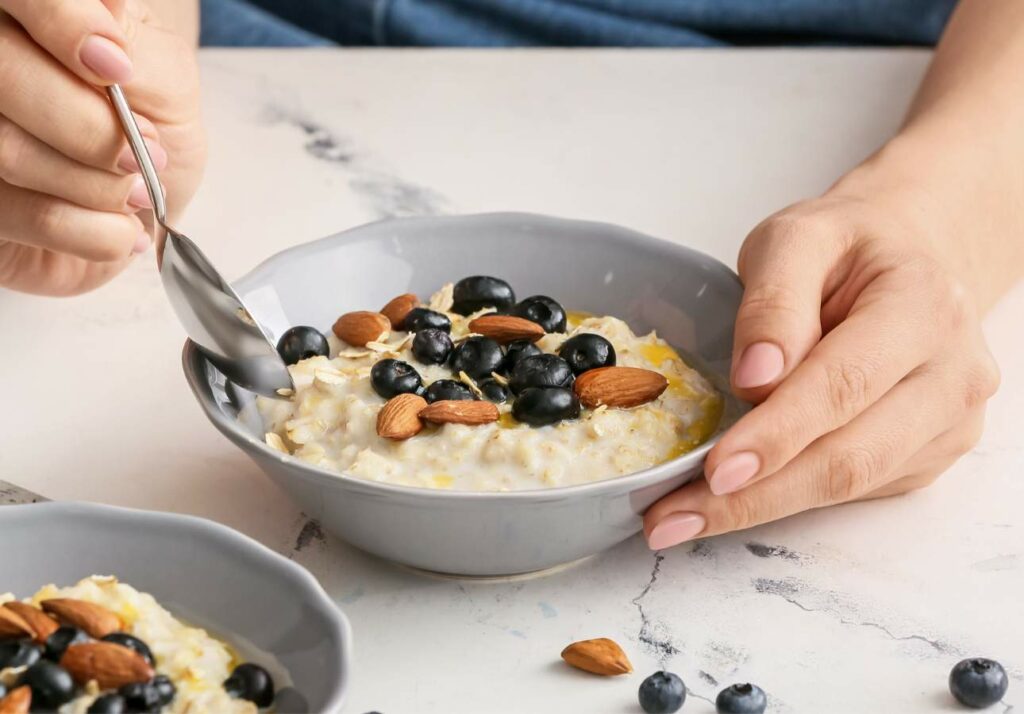
As someone who constantly researches anti-nutrients, lectins are not a new concept. However, if you’re just learning about these things, anti-nutrients, specifically lectins, can be confusing. You may be asking, “What do you mean some nutrients can do more harm than good?”
In this article, we’ll talk about what lectins are, their pros and cons, and how to remove them from oats and other lectin-containing foods. Plus, we’ll also go over some of the common conditions where doctors might recommend reducing your intake of dietary lectins.
Table of Contents (click to view)
What are Lectins?
We’ve already answered the question “Can oatmeal cause gas?” Yes, oatmeal can cause gas for a number of reasons. Oatmeal can be contaminated with gluten, which can cause bloating and flatulence if you have gluten sensitivity. It’s also high in fiber, which can produce gas in the digestive tract when partially digested.
However, there’s one factor that we’ve yet to consider: lectins. Oats are rich in lectins, just like legumes, whole grains, and many other plants. But what are lectins?
The Harvard School of Public Health defines lectins as proteins that bind to carbohydrates. They are found in all kinds of plants, but foods like raw legumes and whole grains have the highest levels of lectin.
In nature, lectins help protect plants from insects because of their glycosylation pattern in insects’ midgut cells, according to a 2017 study in the book Insecticides – Agriculture and Toxicology. In simpler words, lectins can interfere with the physiological processes of insects. This anti-insect effect is most potent in various crops, such as wheat, tobacco, rice, and potatoes.
While lectins are necessary for plants to thrive in nature, they can be detrimental to human digestion. Harvard and many other health experts like Dr. Alexander Jimenez consider lectins as “anti-nutrients.”
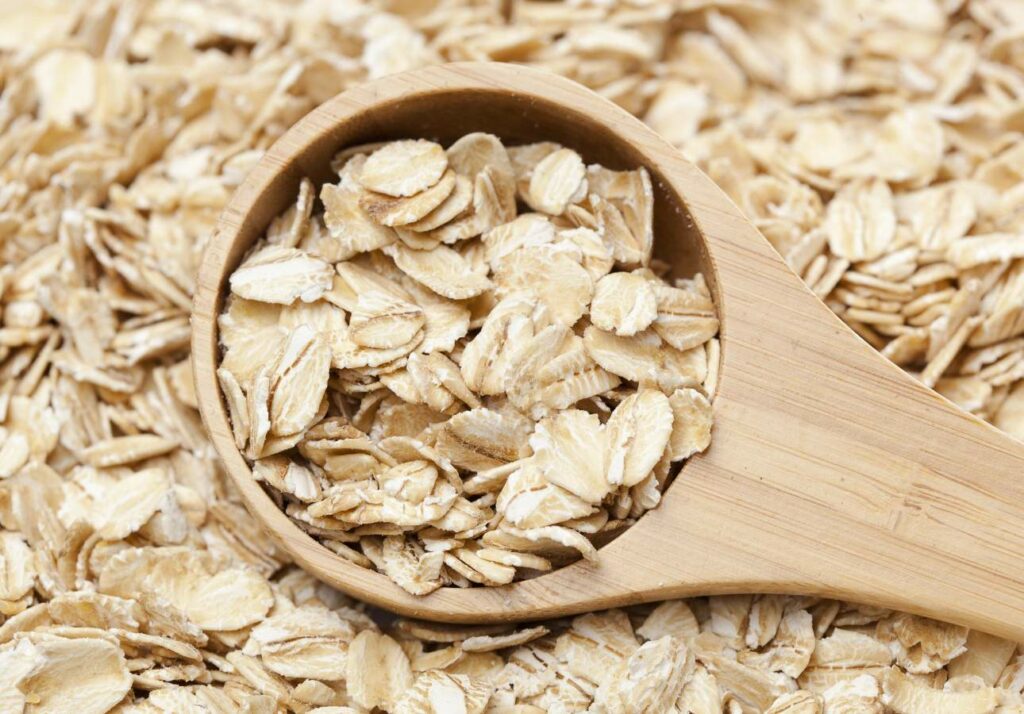
Are Lectins Bad?
The term “anti-nutrient” gets thrown around a lot, but what does it really mean? According to Harvard, anti-nutrients are substances that help plants and animals thrive but can block nutrient absorption. We can find these nutrients in many things we eat, such as vegetables, legumes, whole grains, tea, and some fruits.
Lectins are considered an anti-nutrient because the body might not be able to break them down in the digestive system and remain stable in acidic environments. These are characteristics that help them protect plants in nature, but when consumed raw, they can cause negative health effects in humans.
The MD Cancer Center states that our bodies have enzymes that degrade certain lectins naturally. However, people with autoimmune disorders or some food sensitivities may not be able to do so as effectively. These conditions include Celiac disease, irritable bowel syndrome (IBS), and leaky gut syndrome.
People who are sensitive to lectins may experience adverse effects when consuming high-lectin foods. Potential health issues include:
- Nausea
- Vomiting
- Bloating and gas
- Diarrhea
- Upset stomach
Plus, lectins can also hinder the absorption of important minerals, including calcium, iron, phosphorus, and zinc. These minerals can be found in many lectin-containing foods, so with the absorption-blocking effect, your body may not be able to use these nutrients, anyway.
However, it’s important to distinguish active lectins from inactive lectins. Active lectins are what you find in raw plants, and these are the lectins that most often cause negative effects upon consumption. Luckily, we can easily deactivate lectins by cooking or soaking them in water. Wet and high-heat cooking methods will deactivate most lectins since they are water-soluble, according to Harvard.
Hence, it’s rare to eat high amounts of active lectins because we cook most lectin-containing foods, anyway. These include oats, which we usually prepare by boiling and even soaking in cold water before cooking.
What Are the Potential Benefits of Lectins?
Dr. Jimenez states that it’s almost impossible to totally remove lectins from our diet because they are found in so many things, especially plants. He says that following a lectin-free diet may lead to missing out on essential nutrients, including vitamins, minerals, and antioxidants. That’s something to think about.
For one, whole-grain oats contain many importatnt macro and micronutrients. A 2015 study on the nutritional benefits of oats states that oats are a rich source of starch, proteins, unsaturated fatty acids, Vitamin E, folate, copper, choline, iron, zinc, and many more.
Lectin-containing foods like whole grains, nuts, and legumes may also contribute to weight loss. According to Harvard, these foods are great sources of protein, fiber, B vitamins, minerals, and healthy fats, which are beneficial for weight loss and overall health.
Similarly, other lectin-containing foods such as vegetables and legumes have nutritional value that our bodies need to grow and thrive. So, cutting out lectins completely may not always make sense, especially since you can deactivate most lectins by cooking them.
However, following a lectin-restricted or a low-lectin diet may be beneficial if you have a gastrointestinal or autoimmune disease like Chron’s. Speak to your doctor to find out if such a diet can help you manage your symptoms and, most importantly, whether it’s necessary or not.
How to Remove Lectins from Oats
Removing lectins from oats, or any other lectin-containing food, is relatively easy. All you have to do is cook them using a wet and high-heat method, such as boiling. If you want to play it safe, try this low-carb noatmeal instead.
It’s important to make sure that your oats are fully cooked. Always follow the package instructions when cooking instant oatmeal. Similarly, make sure you cook non-instant oatmeal, such as steel-cut oats, according to the right cooking time.
I also recommend soaking your oats in cold water overnight to make them softer, easier to digest, and easier to cook. If you’re not lactose intolerant, soaking your oats in a 2:1 ratio of water to whey is also a great way to prepare them for the next day—and it also makes them tastier! Alternatively, try using non-dairy milk, such as oat and almond milk.

Buying Gluten-Free Oats
Gluten is another type of protein that is similar to lectin. However, it’s found in specific grains instead of many types of plants. Gluten is a crucial consideration when on the subject of lectins since many people sensitive to lectins will also have a sensitivity to gluten.
Oats are naturally gluten-free, but there may be some cross-contamination during the production or farming process. If you have celiac disease, buy oatmeal that is labeled and certified gluten-free so you won’t have to worry about any reactions.
The Beyond Celiac Organization states that people with celiac disease shouldn’t buy oats that do not have an FDA gluten-free label. A great option is specialty gluten-free oats that are grown, harvested, and processed separately from gluten-containing grains.
Other Lectin-Containing Foods
Lectins are present in virtually all plants. However, they are found in higher amounts in certain foods, including:
- Beans
- Bell peppers
- Cashews
- Chickpeas
- Corn
- Cucumbers
- Eggplant
- Green beans
- Green peas
- Irish potatoes
- Lentils
- Melons
- Oats
- Peanuts
- Pumpkin
- Soy
- Squash
- Tomatoes
- Wheat
- Wild rice
- Zucchini
- Nightshade vegetables
Like oatmeal, the best way to reduce harmful lectins in these foods is to cook them in water and high heat or soak them in water for a few hours. For example, you can remove lectins from beans by soaking raw beans in water for a few hours and then boiling them for another few hours. This process will soften the beans, deactivate the lectins, and make them easier to eat.
Sprouting grains and beans is another way to remove lectins. For example, you can do this by soaking red kidney beans overnight in a jar, then draining and placing them into a container with a cheesecloth on the lid. Rinse and drain the beans twice a day, then wait a few days for the tails to appear.
According to a study published by the Journal of Plant Physiology, most lectins are found in the seed coat or the outer covering of the bean, seed, or grain. Adding water causes the seed to germinate which, in turn, will metabolize the coat and the lectins therein. The longer the sprouting time, the more lectins you deactivate.
However, note that the FDA warns against consuming raw sprouts for individuals with a compromised immune system, including but not limited to pregnant women, children, and the elderly. Check with your doctor if you can safely eat raw sprouts. Otherwise, cook them thoroughly before eating or avoid them altogether.
Lastly, fermenting lectin-containing foods can also be a great way to reduce their lectin content. This study published in Food and Agricultural Immunology shows that natural fermentation can reduce lectin activity, possibly due to the changes in the lectin’s protein structure responsible for binding to carbohydrates.
Foods Low in Lectins
Learning about low-lectin foods can help you plan your diet better if you’re trying to reduce your lectin intake. This is just a general overview of low-lectin foods, but it should give you a good idea of what you should be focusing on:
- Leafy greens, e.g., spinach, arugula, kale
- Root vegetables, e.g., sweet potatoes, turnips
- Cruciferous vegetables, e.g., cauliflower, broccoli
- Avocado
- Olives
- Green bananas
- Green mangoes
- Green papayas
- Berries
- Grass-fed meat and poultry
- Pastured eggs
- Dairy
- Coconut milk
- Nut milk
- Chia seeds, hemp seeds
Should You Avoid Dietary Lectins?
It’s easy to see that lectin-containing foods are good for us, as they include many vegetables, legumes, and other plant foods. They contain essential nutrients that we need for overall health, such as fiber, protein, vitamins, minerals, antioxidants, and much more. That said, eliminating lectins may do more harm than good.
Even so, your doctor may recommend restricting your intake of lectins if you have a significantly low tolerance to lectin-containing foods. MD Anderson Cancer Center dietitians say that people with gastrointestinal sensitivities like Chron’s and IBS may be especially susceptible.
Harvard also cites that people with a high risk for mineral deficiencies, such as iron deficiency anemia or calcium deficiency, may want to limit their intake of lectins. Lectins and other anti-nutrients like oxalates can prevent the gut from digesting and absorbing essential minerals.
Nevertheless, it’s important to consult your doctor or nutritionist before making any big changes to your diet. You may not even need to avoid lectins at all; you can just deactivate them through cooking. Plus, the culprit for negative symptoms may be substances other than lectins, such as gluten.
The Elimination Diet
If you are suffering from unpleasant symptoms after eating lectin-containing foods, your doctor may recommend an elimination diet. The diet works by eliminating major allergens and common trigger foods, and then reintroducing them to pinpoint which foods are causing your symptoms.
After you find your food triggers, your doctor may recommend appropriate food swaps. For example, if you have a high sensitivity to oats, you may find rice bran, ground flax, or quinoa flakes more beneficial. Your doctor or dietitian will also recommend a good diet plan if you are allergic to a large variety of foods, such as those containing gluten.
In any case, it’s best to work with a doctor, allergist, or licensed dietitian to plan a safe and effective elimination diet. I highly recommend working with a professional especially if your symptoms are affecting your quality of life.
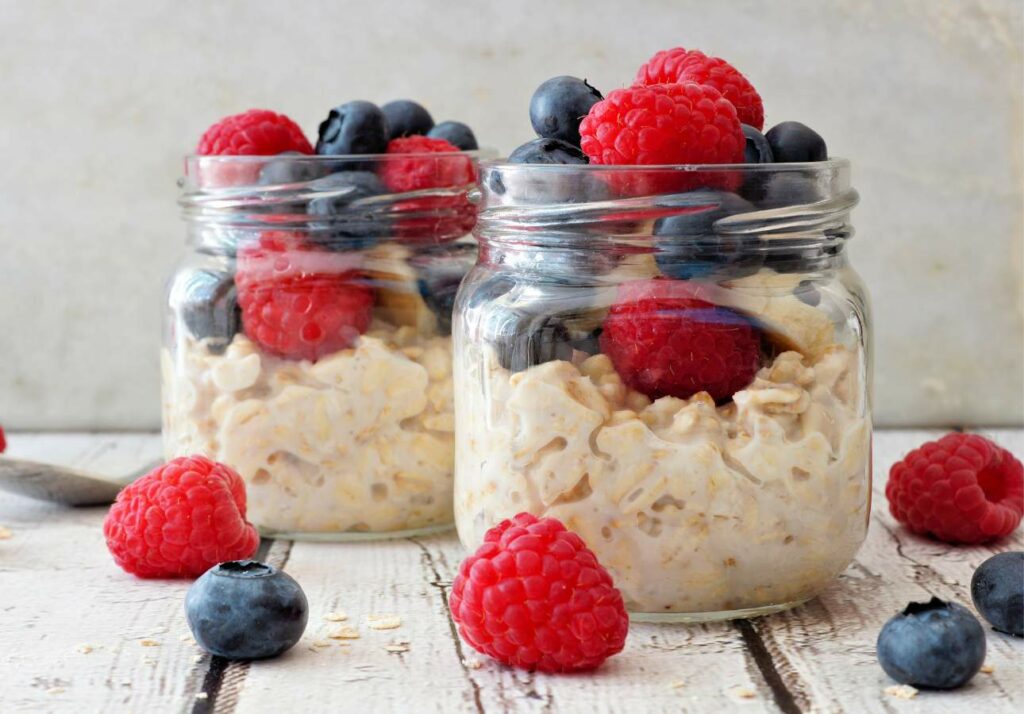
How to Cook Oats
The best way to cook oats and reduce the amount of lectins in the process is to cook them thoroughly on the stovetop. Here’s a quick how-to:
EQUIPMENT
- Saucepan
- Spoon
- Measuring cups
INGREDIENTS
- ½ cup of oats
- 1 cup water or whey water
- Pinch of salt (optional)
Note: If you want a thinner consistency, raise the ratio of oats to liquid to 1:3.
INSTRUCTIONS:
- Bring the liquid to a boil.
- Reduce the heat, then stir in the oats. Stir consistently to prevent the oats from clumping.
- Cook according to package instructions. Most oats will cook in 5 to 10 minutes. Steel-cut oats need about 25 to 30 minutes to cook. Wait for the oats to thicken and absorb the liquid.
- Sprinkle in a pinch of salt and stir (optional). Salt brings out the natural flavors and nuttiness of the oatmeal. Skip if you’re following a low-salt diet.
From here, you can add any toppings you want except high-lectin foods like peanuts and cashews. For sweetness, I like to use natural sweeteners like coconut sugar or honey. You can also infuse more flavor with fruits like berries, bananas, mango, and peaches, and spices like cinnamon, nutmeg, or pumpkin spice.
Oats already have a good amount of protein at around 6 grams per cup, based on USDA data. If you want more protein in your oatmeal, try adding protein powder, milk (if you haven’t already), yogurt, chia seeds, low-lectin nut butter, or serve with eggs on the side.
Pressure Cooking Oats
You can also cook steel-cut or rolled oats in the pressure cooker or Instant Pot, so you don’t have to watch over the stove the entire time. Simply allow the pot to warm up, dump in your ingredients, and then cook on high for three minutes. Once the cooking time is over, let the oatmeal finish cooking for up to 20 minutes or until you reach the consistency you want.
What about the oats-to-liquid ratio? For steel-cut oats, I use 1:3. For rolled oats, a 1:2 ratio is good. Don’t be afraid to adjust your ratios and experiment to see what texture you like best.
Soaking Oats
Although I personally can’t tolerate oats, I still like making overnight oats for fun occasions like play dates and kids’ group meet-ups. They’re so cheap and easy to prepare, and you can customize them however you like. Most importantly, soaking oats in liquid deactivates most of the lectins and makes them easier to digest.
The best way to prepare overnight oats is to soak them in milk or water for at least six hours. I like to use mason jars, but you can use any container you like as long as it’s airtight.
You will still need to cook the oats if you’re using non-instant oatmeal. Otherwise, you can eat the oats as is. If you want warm oatmeal, however, I suggest cooking the oats in low heat or warming them up in the microwave for two to three minutes.
The topping options for overnight oats are endless. You can add just about anything as long as they’re low in lectins, but my favorites for cold overnight oats are fruits, chia seeds, and a dash of cinnamon. For hot oats, I like adding unsweetened or lightly sweetened shaved chocolate that would melt while you stir your oats.
In Summary
Lectins are proteins that bind to carbohydrates, and they are found in virtually all plants. These proteins are necessary for plants to thrive in nature as they defend against insects and bacteria. However, they can have negative effects when consumed by humans.
Oats are one of the most common foods high in lectins. However, you can easily deactivate the lectins by cooking them in water and high heat. Cooking oats thoroughly will get rid of most–if not all–of the lectins that cause harmful symptoms like diarrhea, nausea, and vomiting.
Do you have any sensitivities to lectins? Share your experience in the comments below! Explore more of Primal Edge Health to learn about other anti-nutrients, how you can avoid them, and more ways to live a holistically healthy lifestyle.


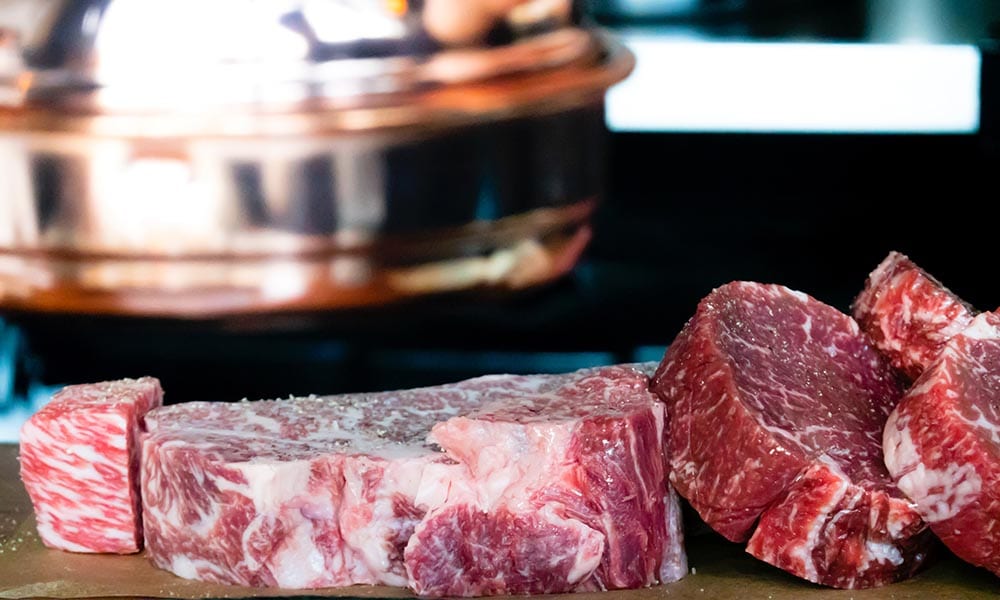
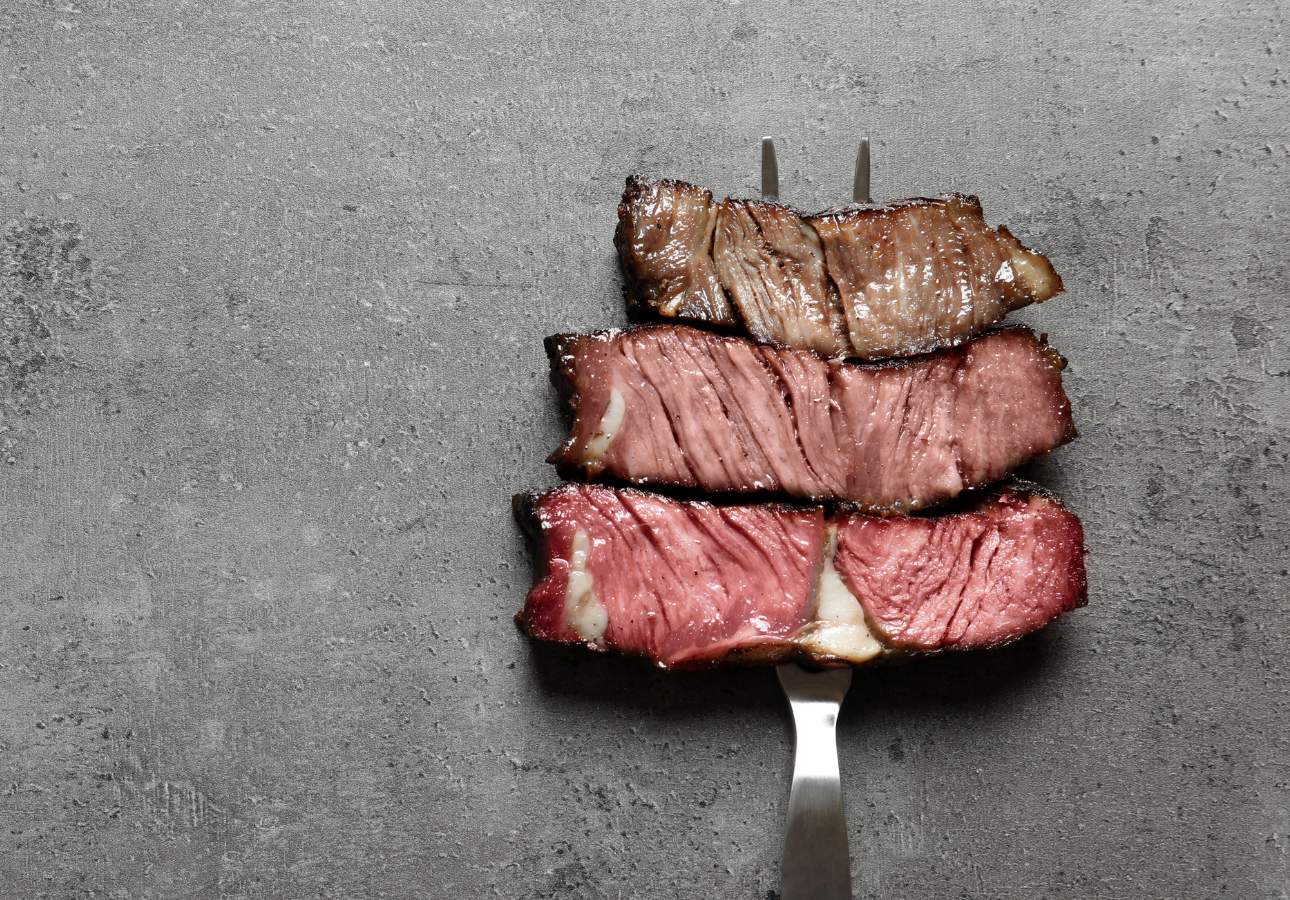
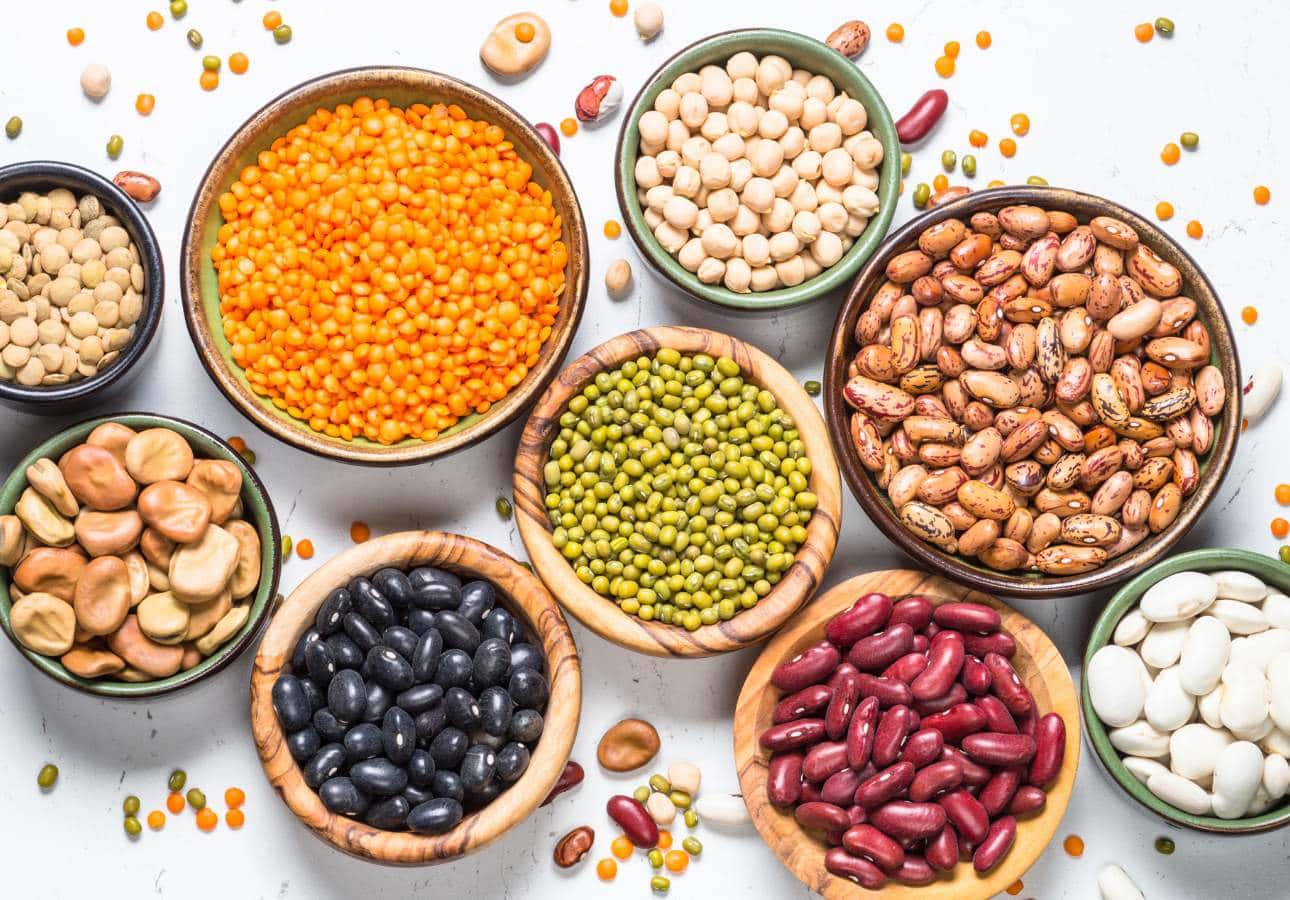
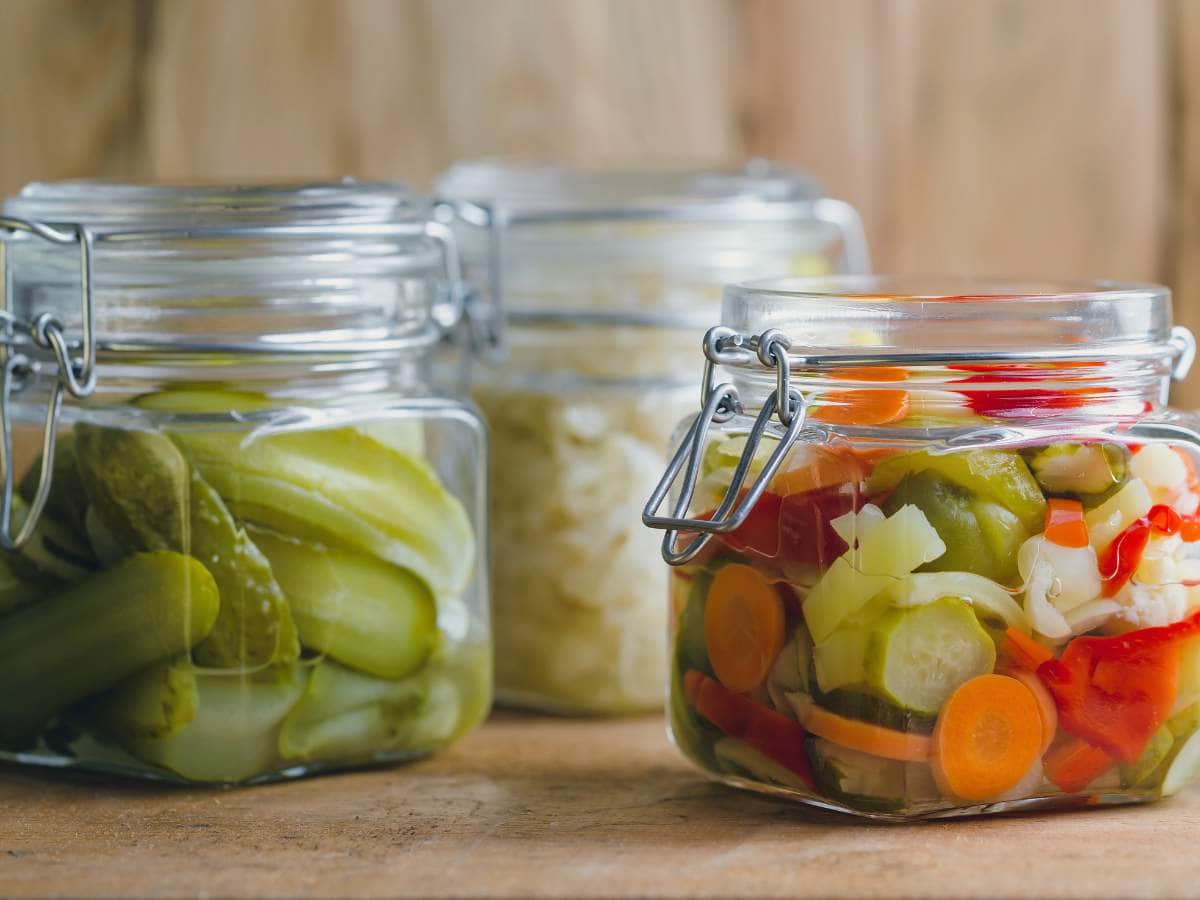

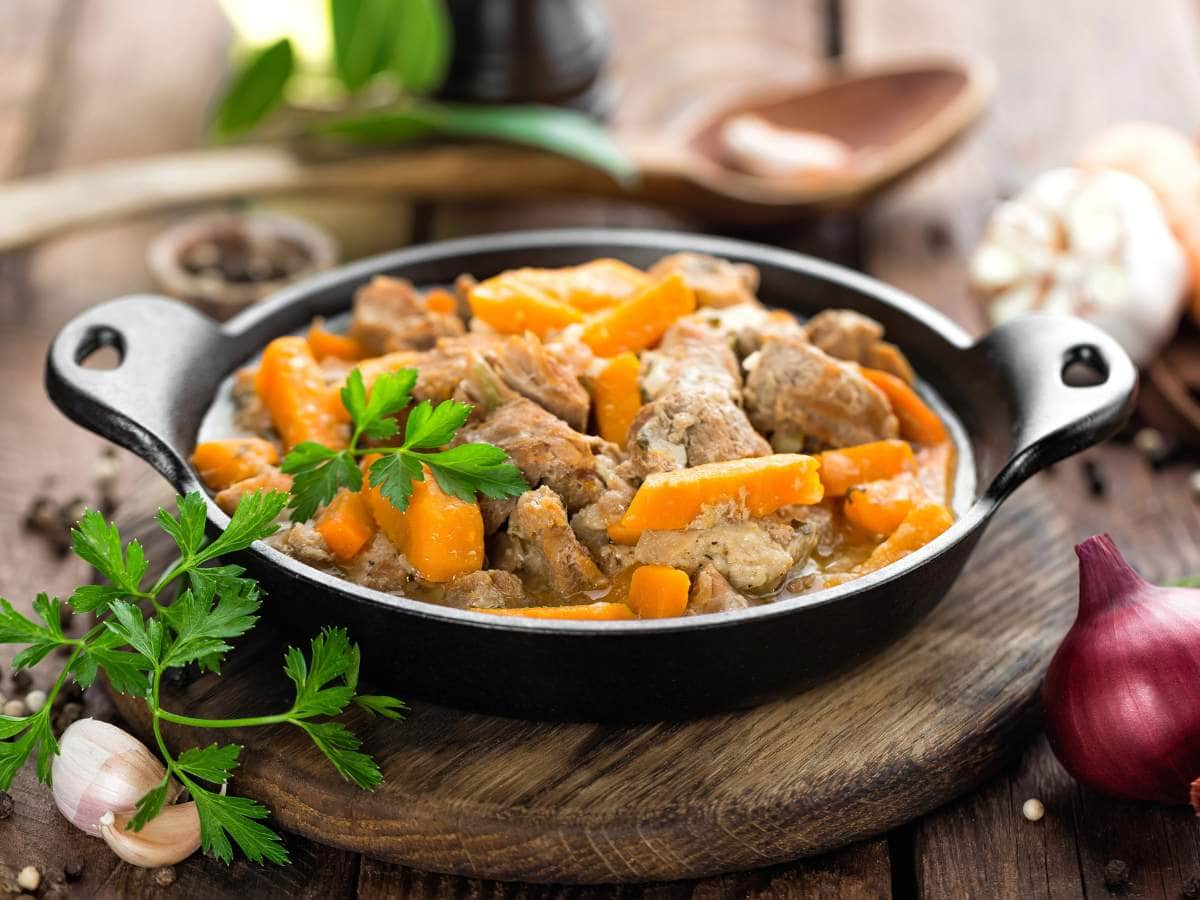
This is GREAT info. I’m not ready to do anything as drastic as a carnivore diet, but I want to work on my health. I used to think raw foods are best, but hopefully I will see some benefits after reducing my lectin intake by cooking more foods.
I’m glad you found the info helpful. I hope you get the results you’re looking for. Happy cooking, Sue!